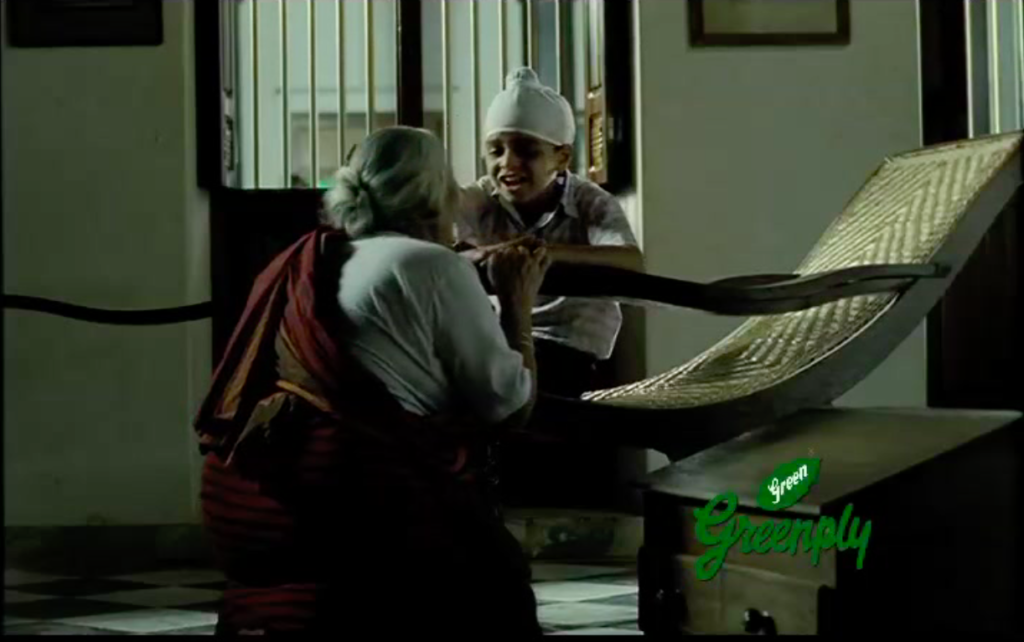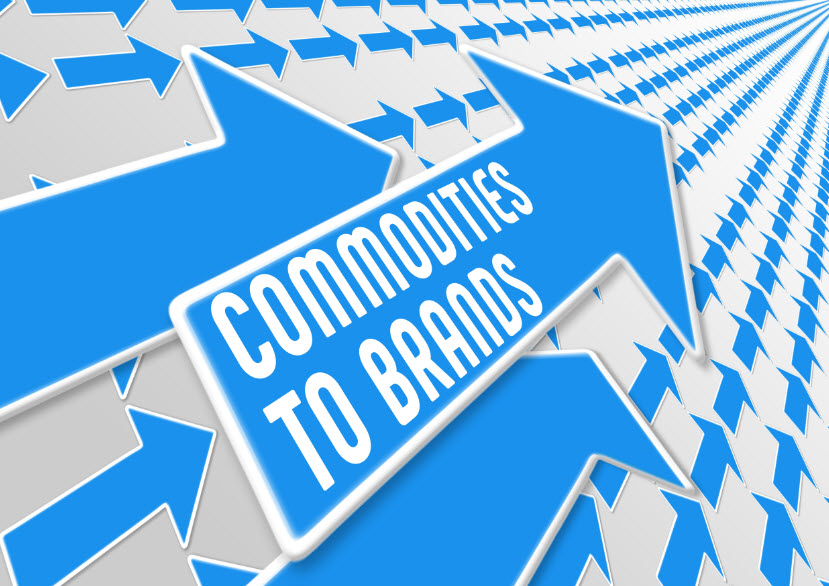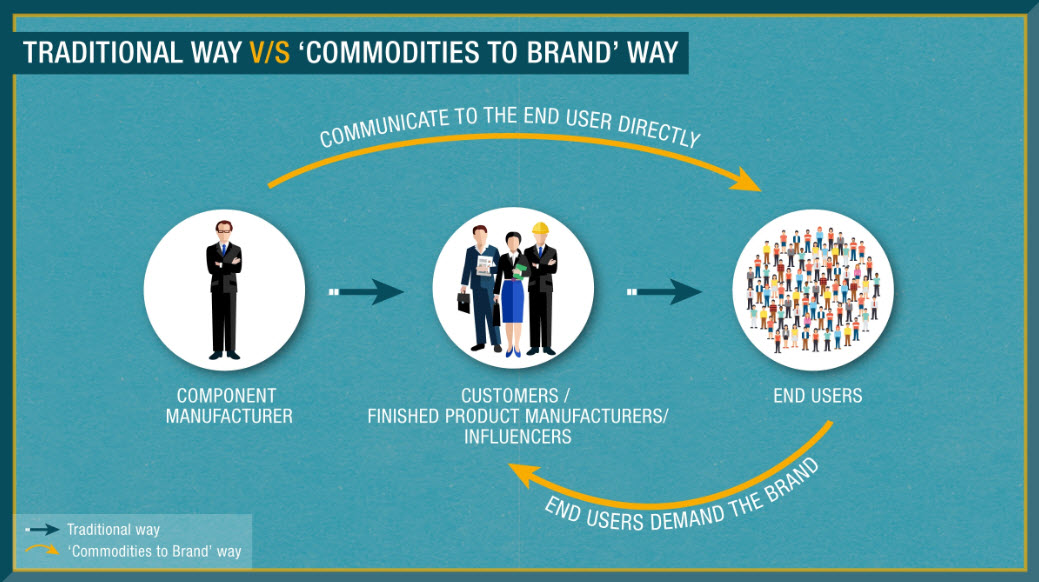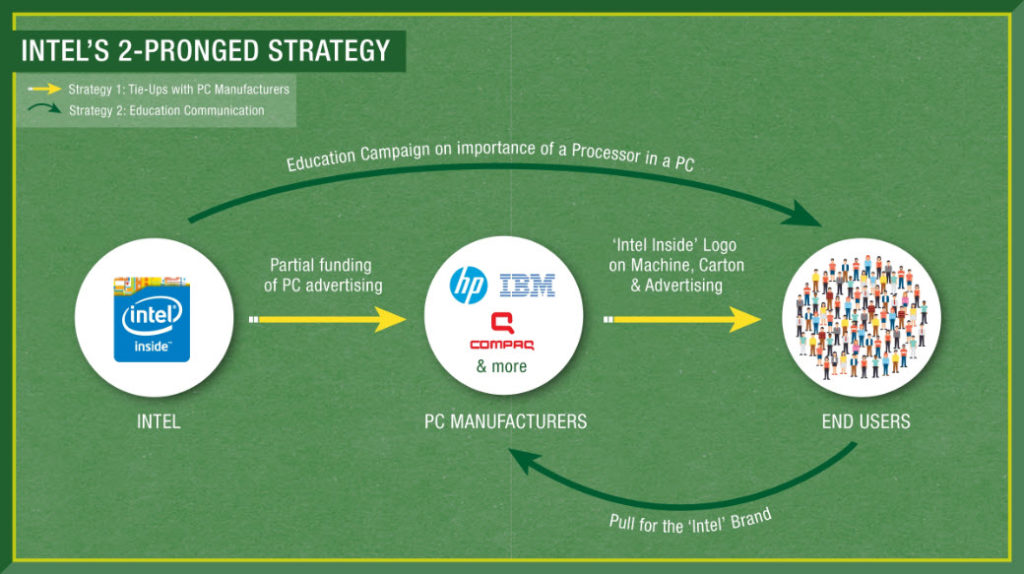By Abhimanyu Mathur, Executive Vice President, Mullen Lowe Lintas

As a businessperson you strongly believe that branding is not something that is needed in the category you operate in, since it is not consumer-facing. It is a waste of money. After all your customer only really cares about quality and price. And your product ticks both boxes. He does not care what it is called and whether he has seen ads for it.
Let me challenge that thinking. Most categories actually have the potential to be branded. And that can have a big upside for you as a businessperson.
And that upside may not be just dominating the category you operate in. It could be the next case study we talk about. It could be the next big success story for India.
We have seen many local businesspeople become household names. But most successes are in the consumer goods segments, when local players challenged global companies and succeeded.
But there are very few such cases in component industries like say auto-components OR B2B businesses like textile companies. That is because these are commoditized categories and businesspeople can’t see the merit in building brands in such categories.
Let me tell you a bit about what a Commoditized Category is.
In a commoditized category, no single player can command a price premium in every sale they make. This is because there are multiple players in the category fighting for each sale and so they end up discounting to get the order. They are not getting sales on the strength of the brand.
But there is a solution to this.
Get the first mover advantage
One of the most important factors in a commoditized category is to be first. First to build a brand. There are so many categories and sub-categories in India, in which a brand can exist. That are highly commoditized categories, where products are fighting on price.
In these categories, Company A sells to Company B. Company B uses the product to manufacture a finished product that it sells to an end-user. Hence Company A is not operating in a consumer facing category. Should Company A build a brand?
An example of this could be, a Zip manufacturing company. Zips are ingredients in the apparel industry. Apparels are branded and sold to the end-user. Can a Zip company brand itself?
Another definition of a commoditized category could be when Company A sells to a strong influencer who buys it for an End-user. And is a strong influencer in the decision on which brand to buy.
An example of an important influencer is a home contractor. He plays a role in the end-user choosing the brand of wire, putty or plywood.
IN BOTH CASES, TALK TO THE END-USER, WITHIN THE EARSHOT OF YOUR CUSTOMER
Be the first mover in your category and build a brand.
For inspiration, let’s look at some truly iconic global and Indian cases. Deliberately, we are looking at a variety of categories and not only the textile industry.
Branding in those categories may now seem obvious. But then, when no one had taken the first step, it was not. And as you do, look for parallels in your category.
The textile category: Liva
The textile industry was a dynamic place in 2015. Cotton, Polyester and other fabrics were all growing. But Rayon / Viscose was not, even though as a fabric it was versatile and had great benefits. The Aditya Birla Group took the bold step and decided to build a brand for viscose. A step like this was not very obvious.
In addition to that, people were buying apparels, not fabrics. So why build a brand for a fibre / fabric?
But when big steps like this are taken, results can be equally big too.
The company decided to build a brand with the End-user within the earshot of their customer, the apparel companies. And by doing that it created ‘pull’ for the brand, Liva and in turn for the viscose category.
End-users wanted the ‘Fluidity’ of Liva. Apparel companies and designers had to fulfill that demand.
And all high fashion apparels went with a Liva tag on them. This tag allowed Liva’s customers to charge a premium with the End-user.
Liva’s success is reflected through its 30+ brand tie ups. Availability in 3000+ outlets. And presence in 190+ cities.
YouTube link of Liva commercial (Credits – Liva Fluid Fashion)

The processor category in 1990: Intel
In 1990, before Intel launched its first marketing campaign, it was losing share to Cyrix who had reverse engineered Intel’s product and was selling it at half the price. That is when Intel decided to build a brand before it launched its 486 chip.
It decided to make the first move. This is perhaps one of the boldest business and marketing moves ever undertaken. And the results were equally bold.
They adopted a two pronged-strategy.
The first was to tie-up with PC Manufacturers. They partially funded the PC Manufacturer’s advertising campaigns. In return they got the ‘Intel Inside’ logo on the Machine, the Carton and in Advertising.
The second was an education campaign on the importance of a chip in a PC.
They were first and they have dominated ever since. Intel dominates the PC chip market, till today.
Youtube link of Intel Inside Commercial (Credits – Intel corporation)
The Plywood category: Greenply
Greenply was not technically the first player. Century ply had done some branding. But not in a significant way. Plywood as a category was highly commoditized. A Rs 5000 crores category. And about 90% unorganized.
It was a category driven by trade. The carpenter or the contractor played was a strong influencer, perhaps even the decision-maker. No consumer went themselves to a timber market to purchase ply. So a lot depended on them.
In a situation like this and with Century’s limited success, it was possibly unthinkable to build a brand in this category. Conversations on which ply to buy were not happening between end-user and the carpenter.
But Greenply took the step. They were effectively the first to move. And it was a big success for them. The first year, they grew by 60% and the growth sustained in the subsequent year at 40%. Which means in two years the brand more than doubled.
YouTube link of Greenply commercial (Credits – Greenply Plywood)

The bottom line
Liva, Greenply and Intel are great examples of first movers who were bold enough to make the move and changed the fortunes of their brands.
The key thing they did was to talk directly to the End-user. And with that, they created pull for their brand. It’s not that Greenply stopped engaging with the carpenter / contractor. Their advertising made the carpenter’s job easier, because the End-user wanted durability and asked for Greenply. And were willing to pay a premium, which also put some extra money in their pockets.
Similarly, PC manufacturers could charge a premium for their PCs with Intel chips compared to other brands. And probably made a better margin as well. Plus Intel was anyway subsidizing their advertising.
Liva built the brand with the End-user. And with the overall category growing and a premium being charged for apparels with the Liva tag, the apparel companies and designers also gained.
Simple strategies that allowed them to capture sizable shares of segments.
Who is the next player in a non-consumer category to build a brand? Who is going to be bold enough to take these first steps?
Be a first mover. Create history.
The author of this article works at Lowe Lintas (part of the MullenLowe Lintas Group) – one of the Top 10 creative agencies as per Brand Equity – Agency Reckoner 2017. He is a seasoned professional with over 2 decades of experience and over 15 years with the agency working on some of the agency’s biggest clients and brands such as Pureit, Wheel, Pepsodent, Close Up, Vim, Domex, Clinic Plus, Pure Derm, Gyproc, Hamam, ABP News, Total Lubricants.
Today, Lowe Lintas manages the most brands from India’s Top 10 Most Trusted Brands. A number of brands managed by Lowe Lintas have gone on to become leaders in their respective categories especially in highly commoditized categories such as Birla White, Gyproc – a brand that provides false ceiling solutions), Liva – a man-made cellulosic fibre, Saint Gobain – a brand of glass & mirrors, Ultratech Cement, etc.
Facebook – https://www.facebook.com/MLLintasGroup/
Twitter – https://twitter.com/MLLintasGroup
LinkedIN – https://www.linkedin.com/company/mllintasgroup/


